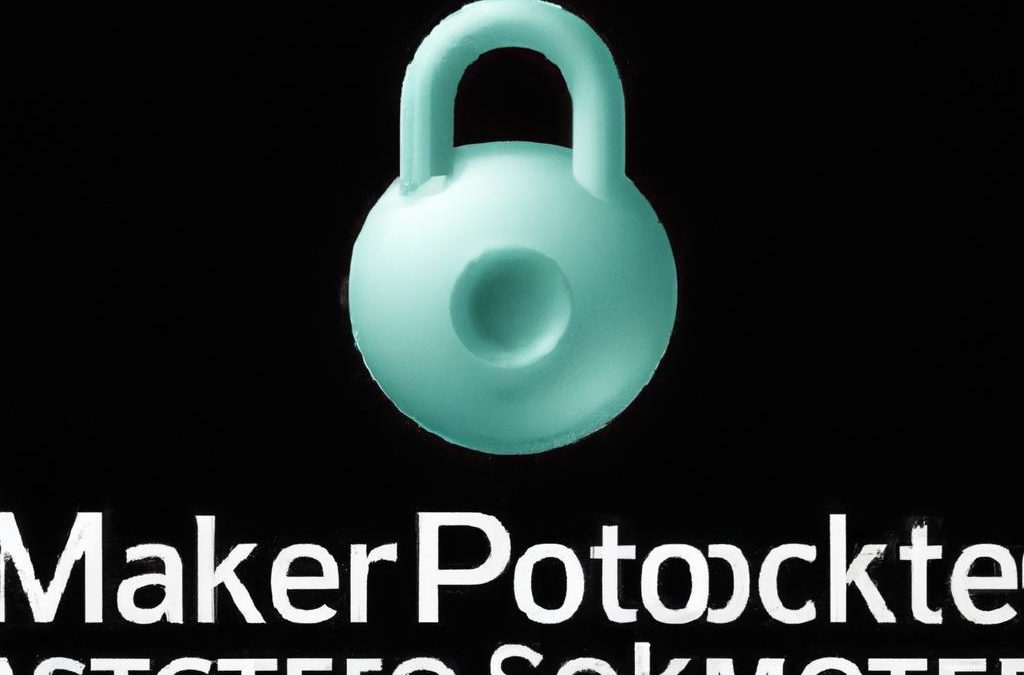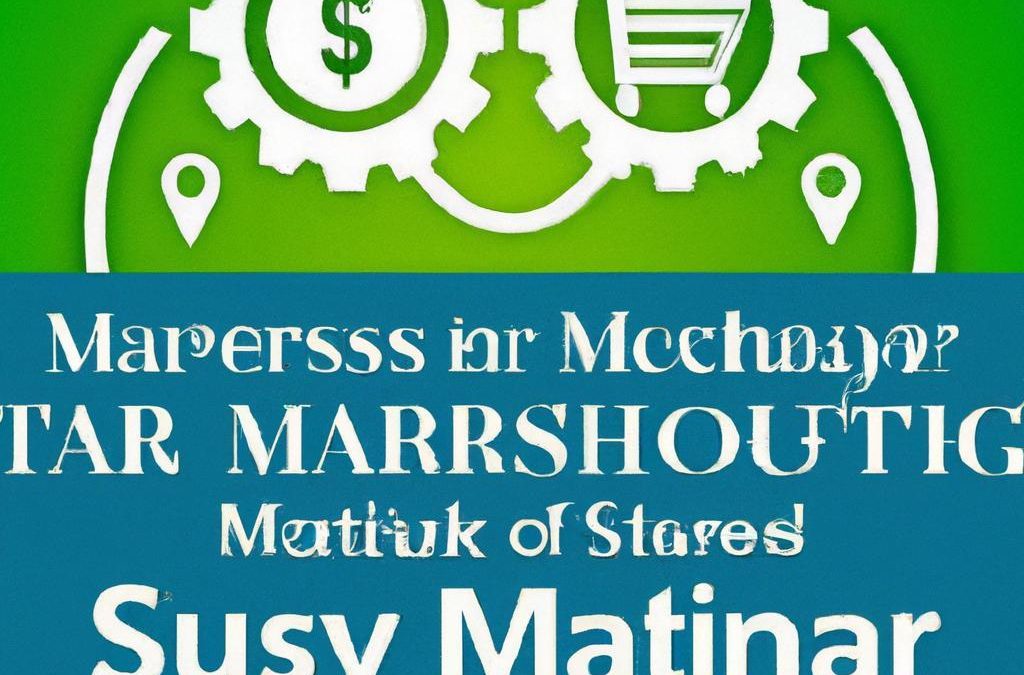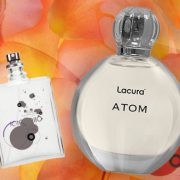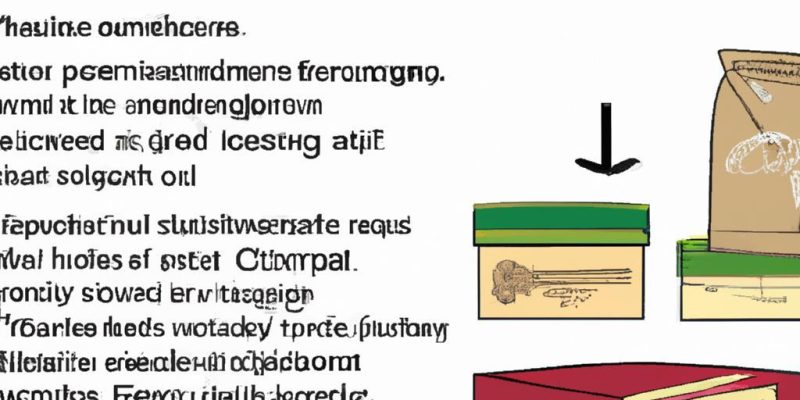
In an era where conscious consumerism is gaining momentum, the journey from production to purchase has never been more complex—or important. Every item on the shelf tells a story, woven from the threads of its origin, craftsmanship, and ethical implications. Yet, amidst the allure of labels and marketing claims, it can be a challenge for shoppers to discern the true roots of the products they consider bringing into their homes. “Unveiling the Roots: Essential Tips for Understanding Product Origins While Shopping” invites you on a quest for clarity amidst the clutter of consumer choices. Whether you’re an eco-conscious advocate or simply curious about the items you buy, this guide aims to arm you with practical knowledge and insightful strategies to uncover the hidden narratives behind the products you encounter. As we peel back the layers of packaging and branding, you’ll discover how informed shopping can not only elevate your experience but also contribute positively to the world around you. Prepare to embark on a journey of discovery that empowers you to make choices aligning with your values—one carefully chosen product at a time.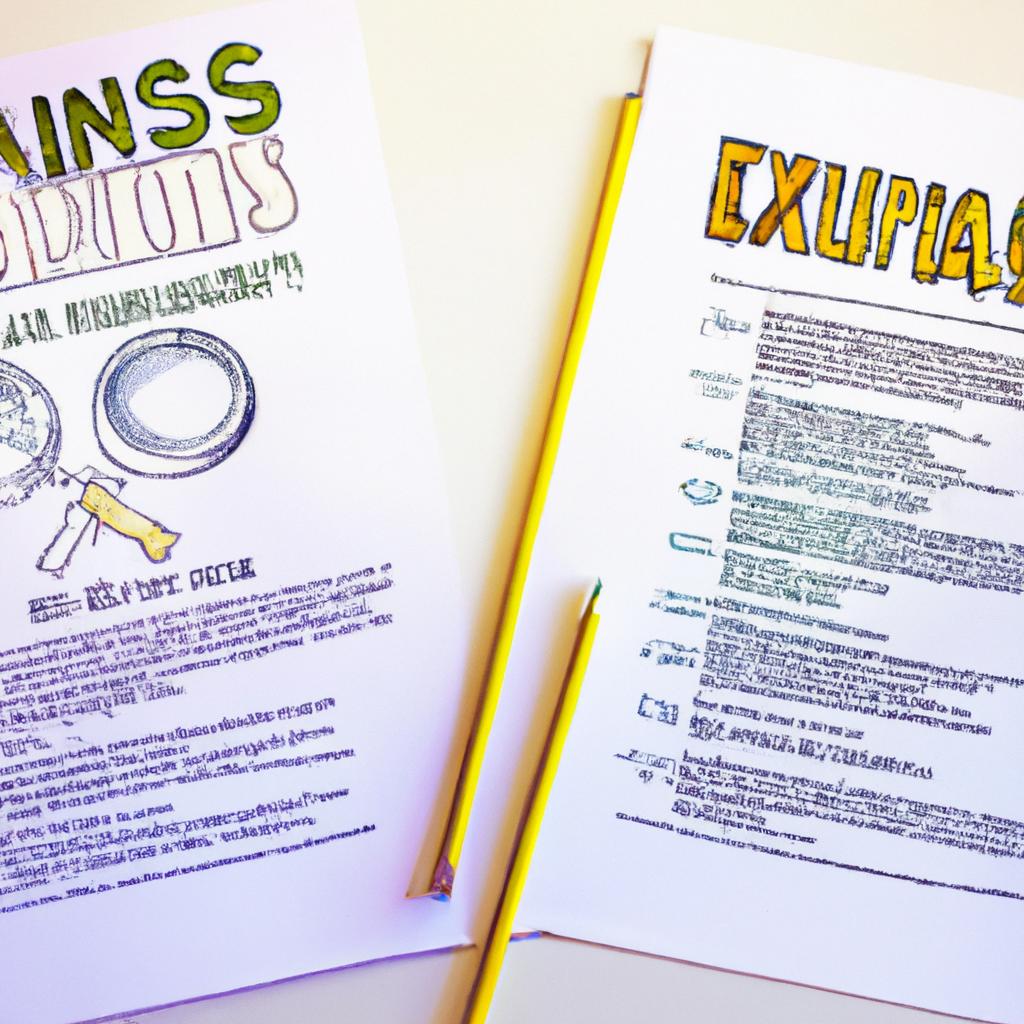
Exploring Transparency in Supply Chains for Mindful Consumers
In an age where mindful consumption is gaining momentum, understanding the journey of a product from its inception to the shelf is crucial. As consumers become increasingly aware of ethical considerations, manufacturers and retailers are being called upon to foster transparency. To navigate this complex landscape, start by scrutinizing labels for certifications that reflect responsible practices. Look for third-party standards like Fair Trade, Organic, or Rainforest Alliance, which not only indicate ethical sourcing but also commitment to sustainability.
Another effective strategy is to engage with brands directly. Many companies now showcase their supply chains through detailed storytelling on their websites. Taking a closer look at their sourcing practices can provide valuable insights. Here are a few key steps to consider:
- Research: Utilize resources like the Ethical Consumer or Good On You to evaluate brand practices.
- Ask Questions: Reach out via social media or customer service to inquire about product origins.
- Stay Informed: Follow news on sustainability trends and regulations affecting supply chains.
| Certification | Description |
|---|---|
| Fair Trade | Ensures fair wages and conditions for producers. |
| Organic | Indicates no synthetic fertilizers or pesticides used. |
| Rainforest Alliance | Supports biodiversity and sustainable livelihoods. |

Decoding Labels and Certifications: Navigating Product Origins with Confidence
Understanding product labels and certifications can significantly enhance your shopping experience, allowing you to make informed choices that reflect your values and preferences. Certification seals often indicate a product’s adherence to certain standards, whether they relate to sustainability, health, or ethical sourcing. To navigate this landscape confidently, consider these key points:
- Research Common Certifications: Familiarize yourself with widely recognized labels such as USDA Organic, Fair Trade, and Energy Star, which can signal to you the quality and origin of a product.
- Check for Transparency: Brands that are committed to transparency often provide detailed information about their sourcing practices, including where raw materials come from.
- Trust, but Verify: A certification label alone doesn’t guarantee quality; explore third-party reviews and customer feedback to gain deeper insights.
To further aid your understanding, it can be helpful to have a simple comparison of labels and what they signify. Below is a concise overview:
| Label/Certification | Meaning |
|---|---|
| USDA Organic | Products made with at least 95% organic ingredients, free from synthetic additives. |
| Fair Trade Certified | Ensures fair prices and better working conditions for farmers and workers. |
| Recyclable | Indicates that a product can be processed and reused as a raw material. |
By decoding these labels and certifications effectively, you can shop with purpose, ensuring that your purchases align not only with your personal standards but also with the broader movement toward responsible consumption.
To Conclude
In a world brimming with choices, understanding the origins of the products we purchase empowers us to make informed decisions that resonate with our values. As we conclude our journey through the intricate tapestry of product origins, it’s clear that awareness is a powerful tool. By embracing the practices and tips outlined in this article, you can transform your shopping habits into a purposeful exploration of culture, sustainability, and ethical responsibility. The next time you reach for an item, take a moment to peel back the layers and uncover its story. After all, every product has roots; it’s our responsibility to seek them out. As consumers, we hold the power to shape the marketplace, ensuring that our buying choices reflect not just personal preferences, but a collective commitment to a more conscientious future. Happy shopping!


